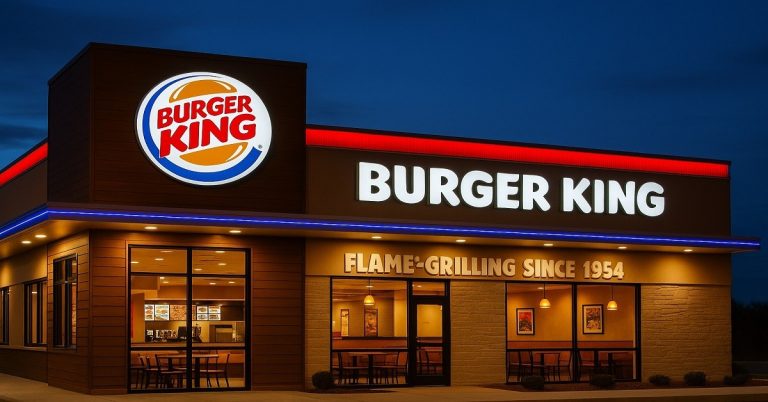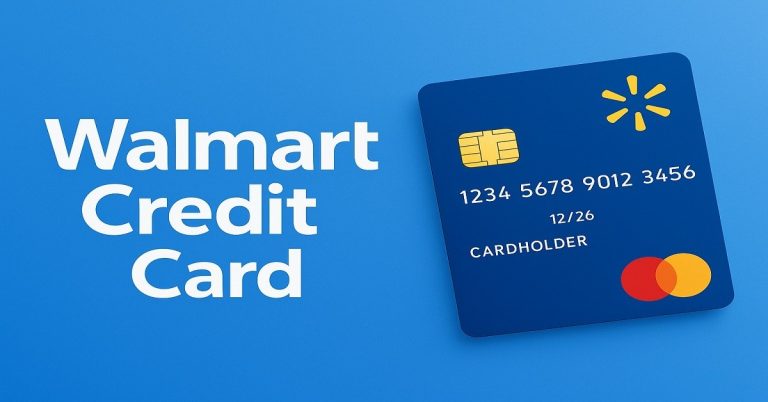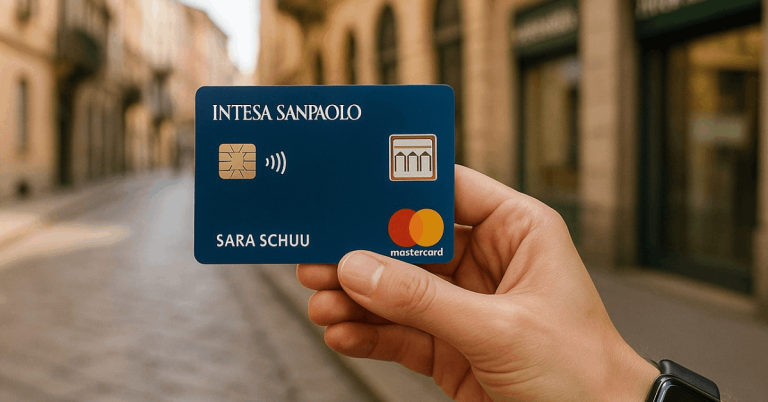For many Americans, the Supplemental Nutrition Assistance Program (SNAP)—commonly known as food stamps—offers crucial relief from food insecurity.
If you or someone you care about is looking for immediate food support, learn to apply for food stamps online has become faster.
In this guide, I’ll walk you through it, step by step, and hopefully clear up some of the confusion that comes with government programs.
Understanding SNAP: A Brief History & Its Importance
Originally founded in the 1930s during the Great Depression, the first food stamp program helped struggling Americans buy surplus food.
Decades later, it evolved into SNAP, officially renamed in 2008 to highlight its nutritional mission.
Today, SNAP stands as the nation’s largest food assistance initiative, helping over 40 million people each year access basic, healthy foods.
Instead of paper coupons, benefits are now loaded on an EBT card for hassle-free purchasing at authorized stores.
What Other Food Assistance Programs Exist?
SNAP isn’t the only option.
Depending on your circumstances and where you live, you might be eligible for additional programs.
- WIC (Women, Infants, and Children): For pregnant women, new moms, and young children. Includes nutrition education and infant formula, in addition to food.
- Senior Farmers’ Market Nutrition Program: Offers coupons to low-income seniors for fresh produce at local markets.
- Emergency Food Assistance: Provides short-term food help during emergencies or disasters.
- School Meal Programs (Lunch and Breakfast): Free or discounted meals at schools for children from income-qualifying families.
- Tribal/Indigenous Assistance: Tailored for specific communities, sometimes providing commodity foods and supplemental benefits.
You can usually find state-specific resources on your local Department of Social Services website if you want to explore other options in more depth.
How to Apply for Food Stamps Online – Step by Step
Applying might seem overwhelming at first, but the online process is streamlined. Here’s how to start:
- Gather Your Information: This includes proof of income (pay stubs, unemployment, etc.), ID, social security numbers, residency documents, and possibly expenses like rent or child care.
- Locate Your State’s SNAP Website: Every state manages its own application portal. For quick access, use the official USDA SNAP state directory. Select your state—each link takes you straight to the official application site.
- Start the Online Application: Follow the site prompts carefully. Most sites have clear instructions and, if you’re unsure, often provide video guides or FAQs.
- Submit Required Documents: Depending on your state, you’ll need to upload proof of income, identity, and expenses. Make sure each file is legible and meets size guidelines (PDF or photo formats are usually accepted).
- Finalize and Submit: Double-check your application for accuracy and complete all required fields—missing data can slow down the process.
- Monitor Status: You’ll receive a confirmation, often by email, with instructions for next steps. You might be contacted for a follow-up interview (sometimes via phone), or to submit additional documents.
- Approval and EBT Card Issuance: If approved, your EBT card will arrive in the mail within a few weeks. Instructions for activation will be included; sometimes, you can set your PIN online or by phone.
- Start Shopping: With the EBT card, you can purchase eligible groceries at stores—and even some farmers markets—that display the SNAP logo.
| Step | What You Need | Key Tips |
|---|---|---|
| 1. Gather Documents | ID, SSN, address, proof of income, expenses | Scan or photograph—clarity matters! |
| 2. Find State Site | USDA state directory | Bookmark for future renewals |
| 3. Fill Out Application | Online forms (may take 30–45 minutes) | Save as you go—don’t lose your progress |
| 4. Submit Docs | Upload required files to portal | Check file size/type |
| 5. Interview (Maybe) | Phone or in-person (if required) | Be honest and thorough |
| 6. Card Arrives | By mail | Activate immediately |
How to Know If You Qualify for SNAP
Not everyone qualifies, and honestly, the eligibility rules can seem a bit confusing.
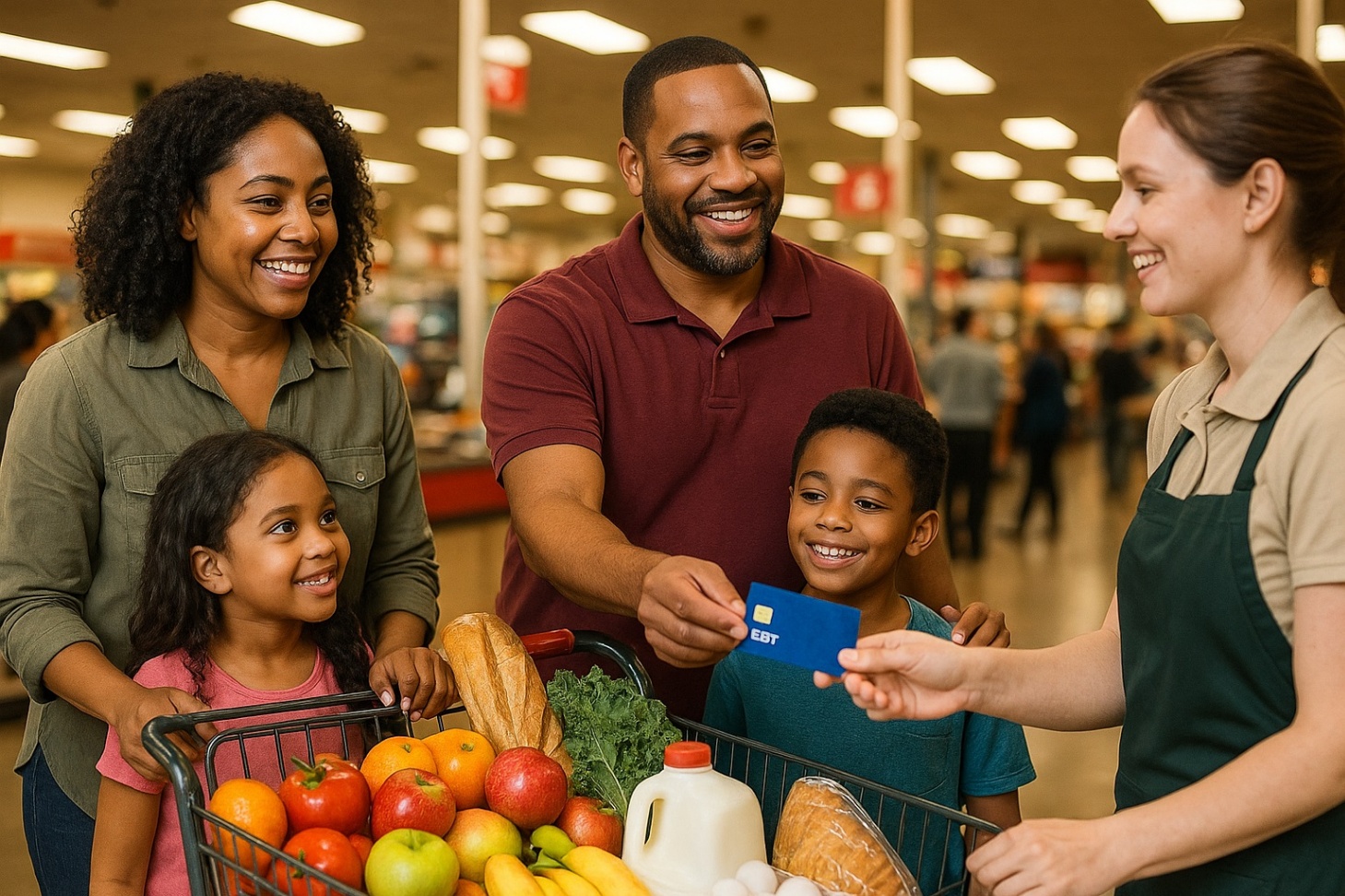
Generally, SNAP is focused on helping those with low or no income and limited assets. Here’s what usually matters:
- Income Limits: Your household’s gross and net income are compared with state-set thresholds, which depend on family size. The USDA provides a current eligibility chart.
- Household Size: More people = higher allowable income. Don’t forget to count anyone living and eating with you.
- Citizenship and Residency: U.S. citizens and certain legal residents are eligible; there are details if you’re not sure of your status.
- Employment Status: Some adults must meet work requirements, but there are exceptions for students, seniors, and people with disabilities.
- Assets: There are limits on the amount of savings or property you can have, but homes and retirement funds are often excluded.
Still feeling uncertain? Most state portals have eligibility screeners—simple quizzes that quickly tell you if you’re likely to qualify, and for how much.
It’s worth using them; I’ve found they save a lot of time and stress.
Advantages (and Drawbacks) of SNAP & Similar Programs
For many, enrolling in SNAP feels like a lifeline. But, as with any government aid, there are upsides and a few possible frustrations:
Big Benefits
- Immediate Relief: Food on the table when it’s most needed.
- Promotes Healthy Choices: Can make fruits, vegetables, and whole grains more affordable.
- Economic Boost: Benefits are spent locally, often supporting small businesses and grocers in your community.
- Discreet and Convenient: With EBT cards, using benefits is as easy as a debit card—no more paper vouchers.
Potential Downsides
- Application Process: While now much easier online, it can still feel like there’s a lot of paperwork, especially if your situation is complicated or you have multiple sources of income.
- Limited Purchase Options: SNAP covers food only, and not all groceries qualify (for instance, hot foods, alcohol, and household items are excluded).
- Stigma: Even now, some people feel awkward using food assistance, though honestly, most cashiers and fellow shoppers don’t notice (or care).
- Program Variability: State rules differ; what applies in California might not in Georgia. Plus, benefits can change with political shifts. It can be a little unpredictable.
Applying Online: Small Pitfalls and How to Avoid Them
Blurry or incomplete documents may lead to delays. If requested, schedule interviews or submit additional documents quickly.
Log in regularly! Sometimes, approval notices or requests for info arrive only through the portal.
Need More Guidance? There are various useful resources to learn how to apply for food stamps online.
- USDA SNAP Main Page – Latest rules and FAQs.
- Benefits.gov SNAP Overview – Alternative eligibility screener.
- State Nutrition Office Directory – Contact info for each state office.
- For students or parents: See our guide on maximizing school meal benefits (internal link suggestion).
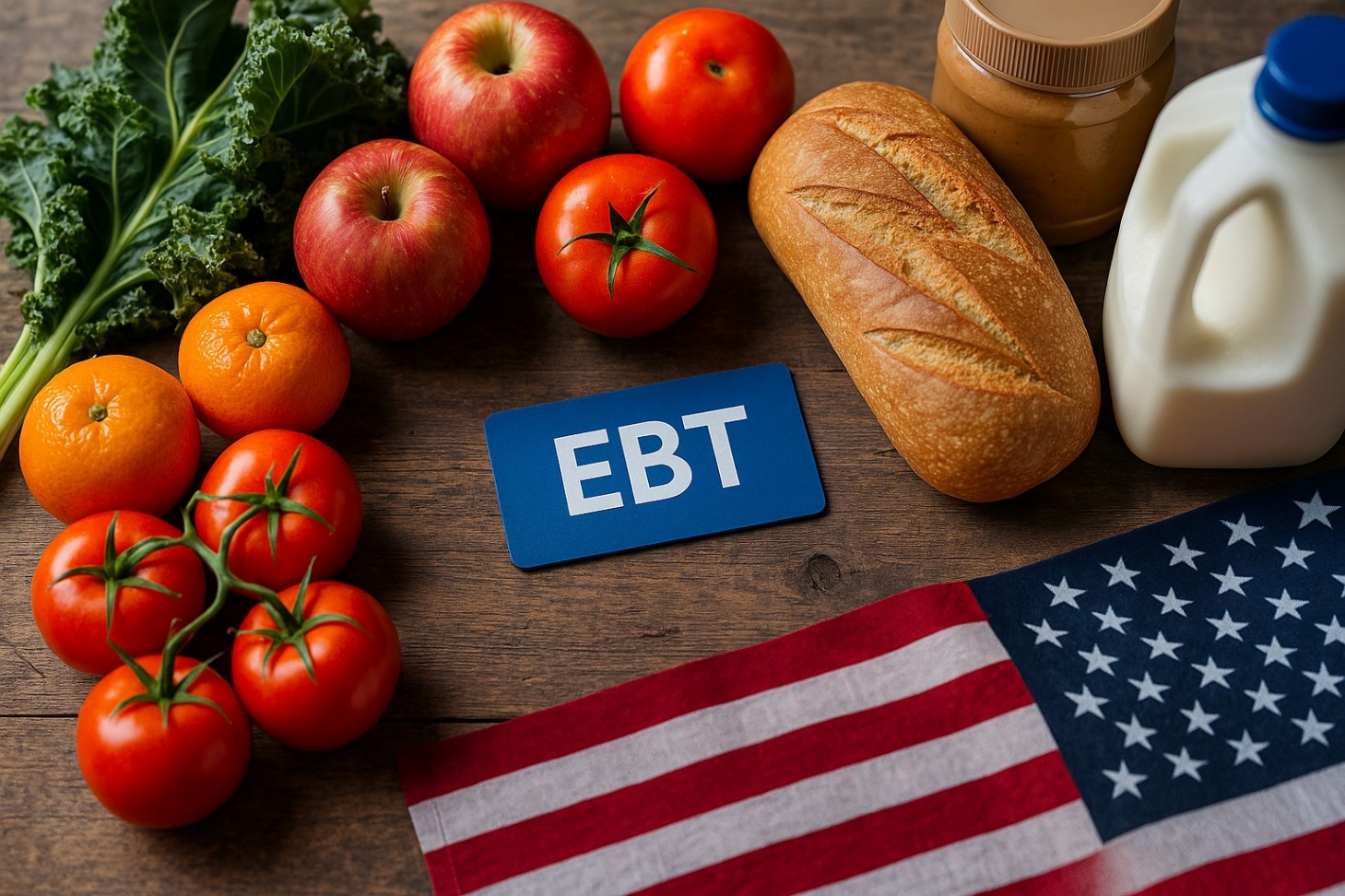
Conclusion – Take the First Step Toward Food Security
No one should have to worry about their next meal by learning how to apply for food stamps online and other assistance programs.
And really, the process is easier than it’s ever been, with most forms and follow-ups handled via your phone or computer.
My advice? Don’t overthink it. Check your eligibility, gather your paperwork, and start your application through your state’s official SNAP portal.

